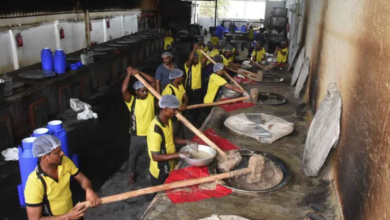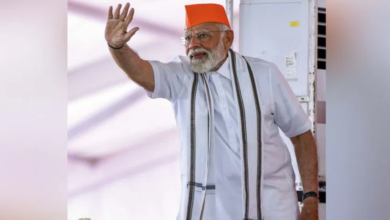Hyderabad-based Skyroot now rivets focus on orbital space launch vehicles

Basking in the success and glory of its maiden private rocket – Vikram-S, the company is now riveted on the big thing – launch of its flagship Vikram-I.
Hyderabad: A space mission is akin to the preparation by sprinters. While the preparatory work takes years, the action that happens in the last few minutes decides if it is a success or not. Skyroot got this right. Basking in the success and glory of its maiden private rocket – Vikram-S- launched into space on November 18, Hyderabad-based Skyroot Aerospace is now riveted on the big thing – launch of its flagship Vikram-I orbital vehicle next year.
The success of Vikram-S has already laid the foundation for next year’s mission. It tested and validated 80 per cent of onboard technologies including the effectiveness of in-flight avionics, telemetry, tracking, inertial measurement, GPS, camera and data acquisition and power systems. These will be used in the company’s future Vikram series of orbital class space launch vehicles – Vikram I, Vikram II and Vikram III.
The maiden rocket launch also tested many sub-systems and technologies across pre lift-off and post lift-off phases of the mission, which it called the `Prarambh’, or the beginning. “We are analysing the various data points that emanated from the successful mission. Vikram-I will be an orbital rocket and it will be in orbit for some time,” says Pawan Kumar Chandana, Co-Founder Skyroot Aerospace.
Even as the T-Hub incubated company continues to see the congratulatory messages pouring in, T-Hub displayed a special congratulatory message to the Skyroot team on its premises. “Thanks T-Hub for joining our celebrations with this lovely gesture. The success of Vikram-S belongs to all Indians, poised to mark the Prarambh of a new space era. Special thanks to Honorable Chief Minister of Telangana K Chandrashekhar Rao and K T Rama Rao for building the space vision for #Hyderabad,” company said in a note giving the share of credit for its success story where it is due.
“After the mega event, we are collating the data. The mission lasted five minutes. The launch was a surreal experience. We experienced a full range of emotions once the countdown began.. 10, 9, 8.. our hearts raced and heartbeats went up. Once the liftoff happened, it turned into excitement. The onboard camera has captured the flight,” Pawan Kumar says.
The launch has been an emotional issue. About 300 well-wishers have penned their thoughts making `Hello Space’ cards wishing the mission a success. “These little cards went up to space! Yes. ‘Hello Space’ cards travelled in Vikram-S to space at 11:32 AM on 18 Nov ’22 with wishes from Skyroot family and our mission partners. What a way to cheer a new chapter in our exciting space story!” the company said in a post.
Most of the rocket was made and assembled in Hyderabad and used carbon composite structures and 3D-printed components. “If the mission goes 50% of the target altitude, it is deemed a success. If it goes 80 km, it is a bonus. Our peak altitude was 89.5 km. The rocket was tracked by the ISRO radar,” Pawan Kumar.
“There is less debris as about 90 per cent of the rocket is burnt. The remaining fell about 121 km off the launch pad in the sea,” he says about the 546 kilo gram single-stage solid fuelled, suborbital rocket which took about two years to develop. The company has 200 employees and has so far raised Rs 526 crore, the largest funding in the private space segment.







